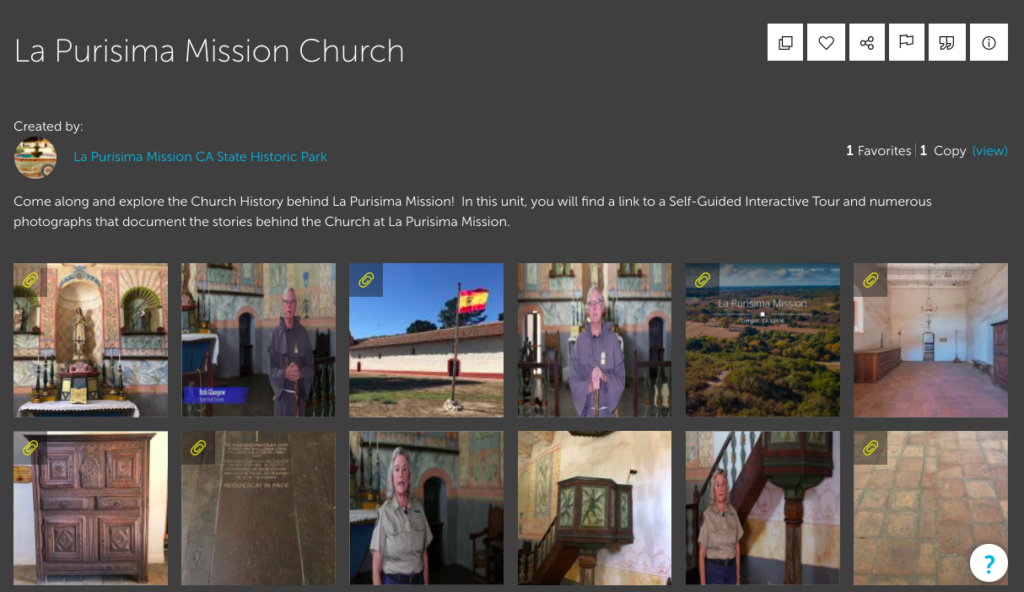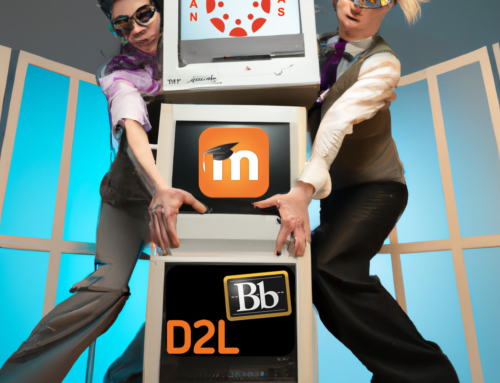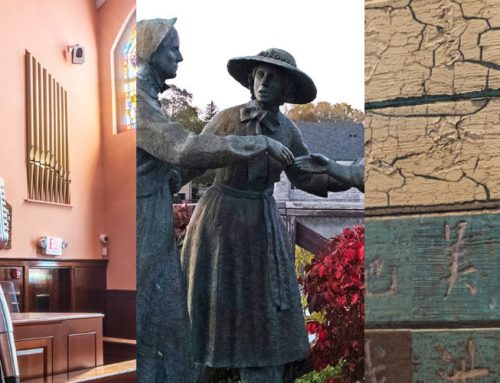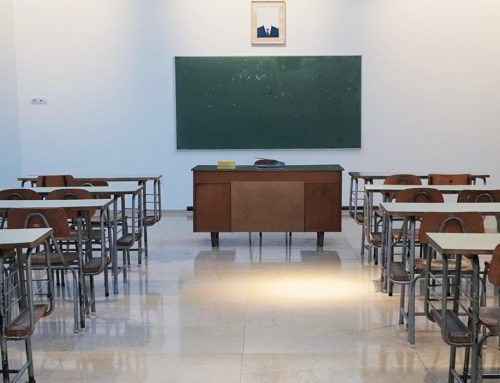One Learning Community is excited to announce the start of a new partnership with the California Department of Education and Californians Dedicated to Education Foundation to focus on the unique needs facing teachers and education leaders working to design and deliver digital learning resources within flexible instructional formats to their students and families.
While it’s still early in the conceptualization and design phase, initial meetings across school and district teams, and with state education program officers have helped us focus on a core of critical requirements to ensure equitable access to high-quality digital learning materials and shared instructional methods. The aim will be to document and disseminate the types of learning design and delivery strategies to help more students stay engaged and well-supported despite how instruction looks from one school to another.

Isolated Practice Creates Inequities in Education-
There are approximately 320,000 classroom teachers working in California’s public schools alone. That means, for any given classroom assignment like teaching Grade 2 or Middle School Life Science or US History at a High School, we have thousands and thousands of teachers working on teaching much of the same content objectives throughout our state.
Are all of those classrooms the same? Of course not! But many are very similar and have teachers within them working on highly congruent content standards using very different strategies and a diverse cross-section of materials to achieve fairly aligned learning outcomes.
So if one 4th grade teacher is working with students on understanding the impact of the California missions on indigenous populations as part of the 4th grade History standards and frameworks, then we know many others are as well. However, where one teacher might be leaning heavily on the more approach of having students build traditional California Mission models while working primarily from their textbook…another 4th grade teacher might do some of those same activities, but also employ an active-listening and journaling process while making use of expertly curated historic artifacts and primary source materials from the Teaching California – Missions Impact on Indigenous Traditions and Beliefs.
And in a different school along the central coast, another 4th grade teacher with a school site close to a given Mission might also conduct a field trip with her students that involves students writing from the perspective of historical characters, includes integrated arts projects that explore native culture, and, if given an opportunity, she would inform other educators that they can also schedule a virtual field trip from wherever they teach with the CA State Parks PORTS Program for the La Purísima Mission and might also opt to check out the ten excellent La Purísima Mission Smithsonian Learning Lab collections designed specifically for student use in remote or standard learning formats.
Given these examples of how different teachers and classrooms could and do pursue the same learning objectives, students from one class to the next find themselves encountering a significant disparity of learning supports, strategies, and resources given the materials and approach of their respective teachers.
3 Ways to Focus on Ensuring Equity and Promoting Collegial Sharing–
1. Ensure Teachers Have Equitable Access to Ample and Diverse, Quality Digital Learning Resources – Increase access to repositories of high-quality, free-to-use, open educational resources (OER) from diverse and trusted content partners for ALL teachers and thus all students regardless of district or community.
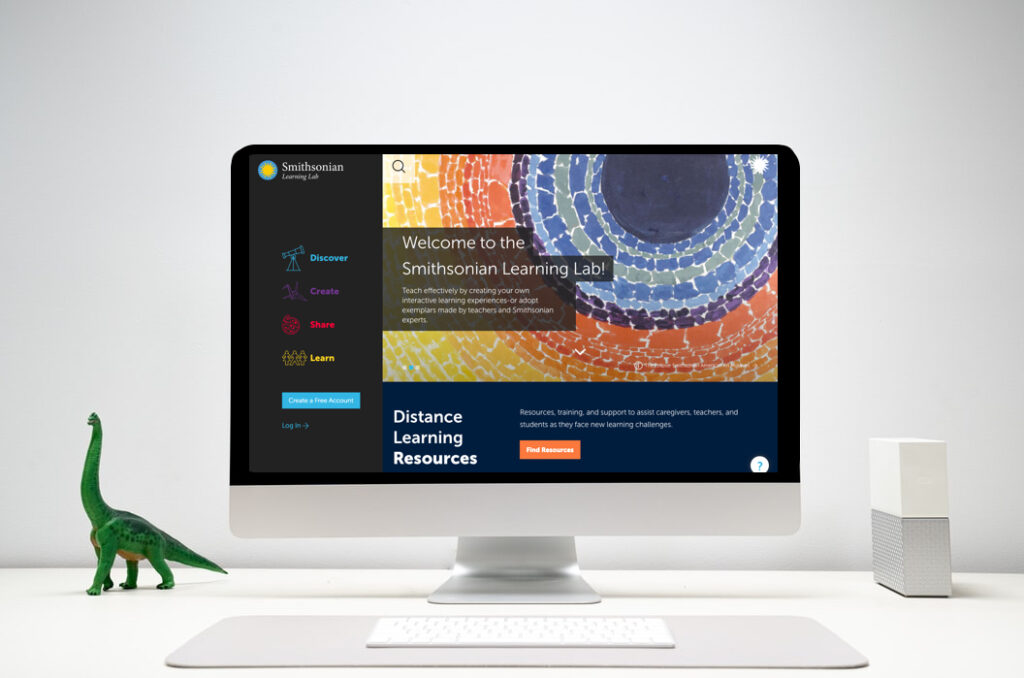
2. Help Teachers Easily Curate and Customize the Learning Content to Align with Their Site’s Delivery Model, Their Instructional Style, and Their Students’ Needs – Provide teachers simple tools to curate, organize, and assemble digital learning resources into structured learning content using their own instructional strategies and scaffolding techniques for delivery to their students remotely, and as part of moving back to classroom-based, in-person instruction.
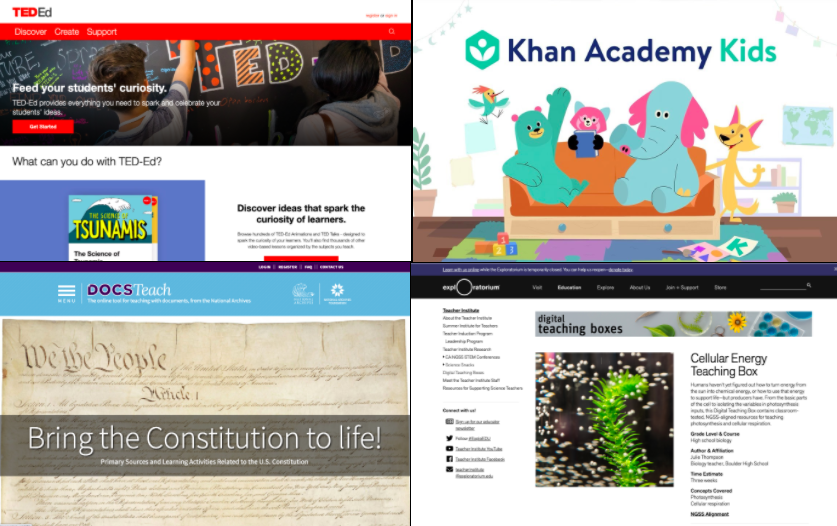
3. Provide All Teachers More Access to Their Peers/Colleagues for Collaboration and Sharing of Effective Content and Strategies – Many teachers are struggling to transfer their “in-class” expertise and practice to remote-learning or hybrid formats, however groups of teachers at various sites across different districts have invented entire new ways to organize and deliver their content and activities while also supporting their students. We need a shared network where those strategies and materials that are working effectively can be easily captured and shared across districts, counties, and the state as models of practice.
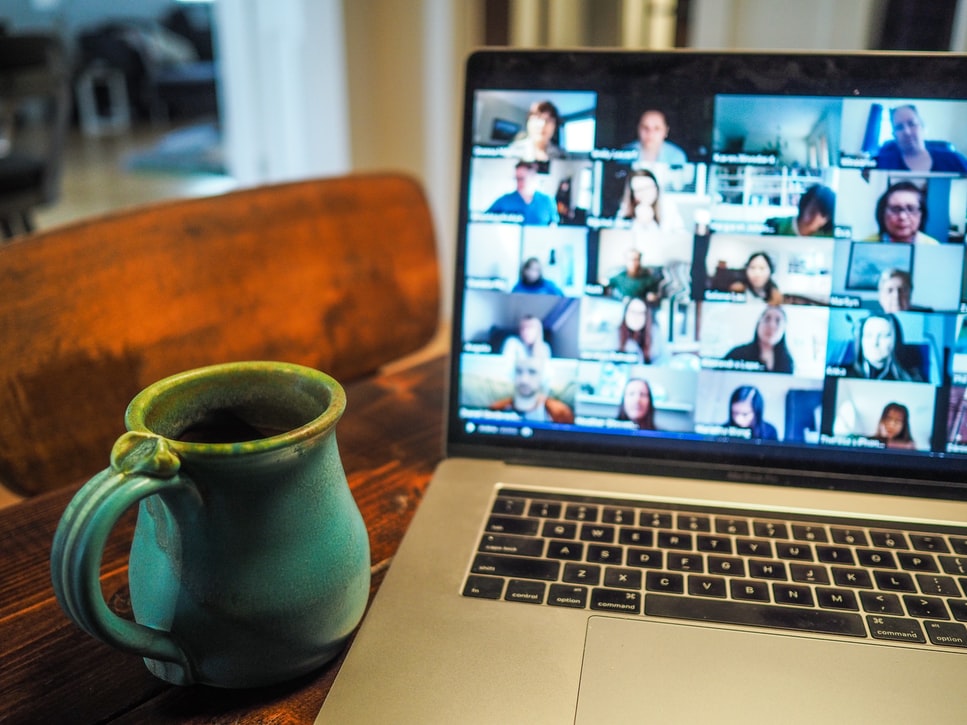
The Need to Create Access to Shared Practices and Resources in Education–
Certainly, the immediate need of adequate access to devices and internet-connectivity remains the focus of a number of statewide initiatives in relation to the pandemic. However, as is the case with most states, in California districts are still largely scrambling to create instructional solutions, strategies, and identifying resources that can bridge classroom and home. And while most of our schools are facing similar challenges, each district’s efforts have mostly occurred as inoculated efforts from community to community.
With little to no sharing on what various teams are doing, there is no way to surface the approaches that seem to be working from one school site to the next. This isolated model runs contrary to what is easily accomplishable with modern information technology and runs counter to a standard of practice in almost all other professions. Whether in the practice of medicine, agricultural sciences, information technology, city planning, construction, engineering, or even waste management, effective approaches are documented, shared, distributed, and made available for integration into the practice of others across a respective sector as to generally improve processes for everyone.
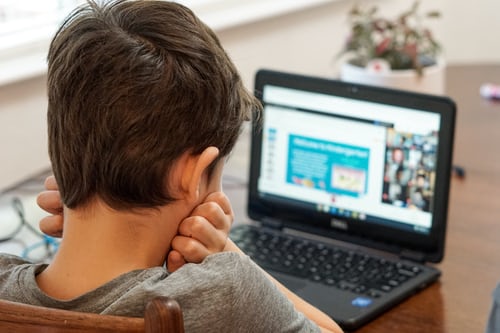
Expediting Change Across Thousands of Classrooms Through a Community of Practice-
Almost anyone in this profession will tell you, that access to another skilled educator and their ideas and materials can readily transform the teaching approach in your own classroom and improve learning measurably. As in the earlier example of 4th grade teachers pursuing a similar History objective, teachers, as a community of practice, can generate real methods to meet the needs of all students regardless of the situation if given time and means to collaborate.
The overarching goal of our new project and its resources will be to better utilize California’s diverse and effective work-force of teachers and educational leaders to help lead our state’s schools to recovery by uncovering where success is occurring, what it looks like, how it works, and the materials that underpin its effectiveness so we can improve the pursuit of ensuring learning for all of California’s 6.1 million students.

